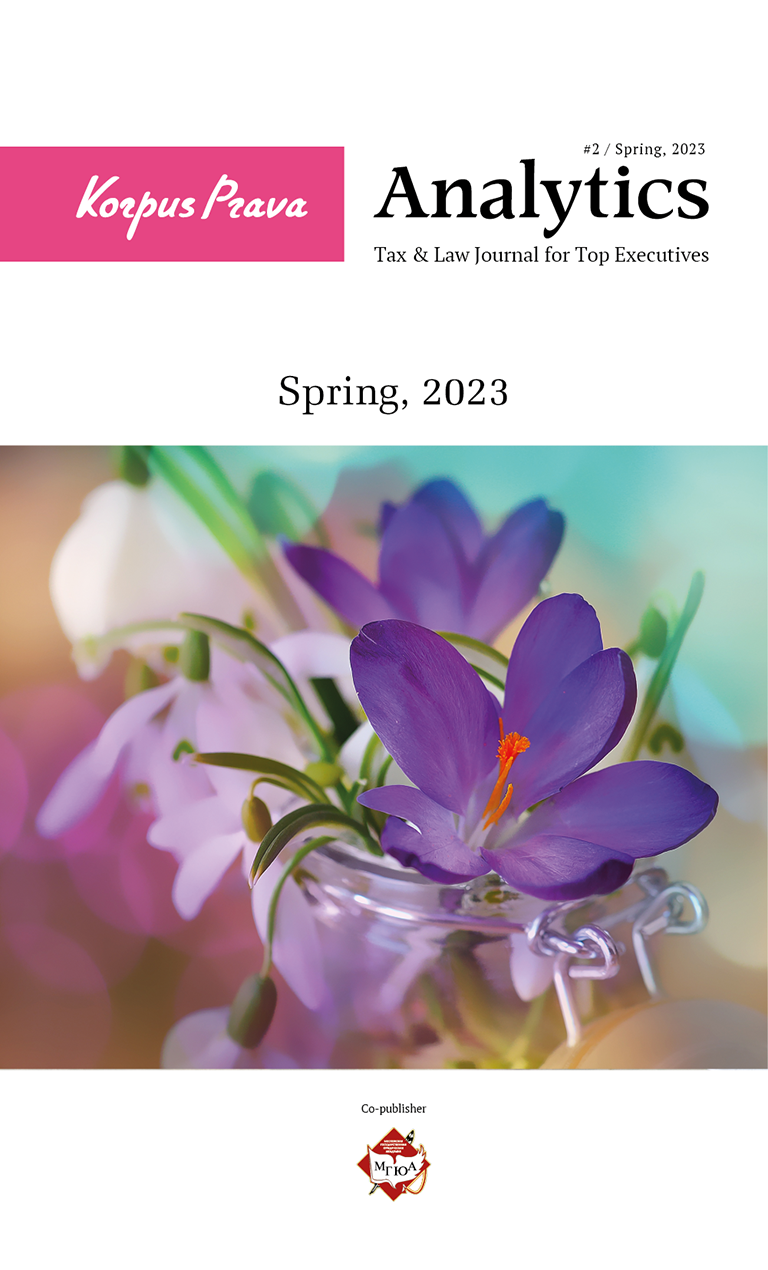Fresh take on remote meetings held by companies in Cyprus: theory and practice
Without any doubt, the spread of new virus affects all business processes.
Due to the introduction of travel restrictions, quarantines, border closures and announcements of the state of emergency in numerous countries, it has become virtually impossible to hold face-to-face meetings, as well as to ensure the presence of company shareholders and directors.
Now more than ever, it is vital to consider the possibility of remote corporate procedures.
Back in 2015, the Cyprus Companies Law was amended to allow general meetings of shareholders and meetings of directors to be held using electronic means of communication.
Thus, if the company’s articles of association impose no restrictions, the general meeting, including the one of the company included in listing of the regulated market, may be held by a conference call or via other electronic means of communication with the help of which persons present are able to simultaneously hear all other persons present, and persons participating thus shall be counted for the purposes of determining a quorum and for all other purposes shall be deemed to be present at the general meeting.
In this case, the general meeting shall be considered held at the location of the person that keeps the minutes of the relevant general meeting.
The meeting of directors, as is the case with the meeting of shareholders, may be held, if the company’s articles of association impose no restrictions, by a conference call or via other means with the help of which persons present are able to simultaneously hear all other persons present, and persons participating thus shall be counted for the purposes of determining a quorum and for all other purposes shall be deemed to be present at the meeting of directors.
The meeting of directors shall be considered held at the location of the person that keeps the minutes of the relevant meeting of directors.
As is evident, the law includes only two articles dedicated to the peculiarities of remote meetings, while for the remaining issues one is supposed to rely on general provisions. However, anyone who has ever tried to arrange or at least participate in any meeting using electronic means of communication understands that it is possible to take a chance and hope that everything will follow the pattern of personal presence, but such method is fraught with unpleasant surprises up to lawsuits and recognition of such a meeting as void.
Then what measures should be taken? First of all, an organizer of the meeting himself/herself should clearly picture the whole process, and then shall expressly, clearly and, if possible, briefly describe the procedure to the participants by sending them instructions. Experience shows that it is very useful to send a reminder about the meeting and duplicate the details for connection an hour before the meeting.
When planning a meeting, time zones and time differences of participants shall be taken into account. It is crucial to provide all participants with the details required to get an access to the meeting: links, passwords, number of the phone/conference room, technical requirements for communication service, and to give clear instructions on how to behave during the meeting, namely: whether the meeting will be video or audio only, the order of giving the floor to speakers, turning on/off the microphone, notification that the meeting is recorded, storage time for the recording of the meeting.
All of the above mainly covers technical aspects of the meeting, but the purpose of the meeting is not to achieve technical perfection of the meeting, but rather to discuss and agree upon items on the agenda of the meeting, so it is extremely important to determine the agenda itself.
Thus, if the agenda includes many items that require long discussions, then it is better to divide such a meeting into parts and separate them with breaks, as admittedly, it is rather difficult to hold and focus one’s attention for a long period of time. It is also advisable to inform participants about the timing, which will allow them to plan their time and avoid distractions by extraneous calls, etc. during the meeting.
Principal persons at the meeting are the Chairperson of the meeting and the secretary. Obviously, it is necessary to create a communication channel between them, e.g. by phone, Viber or Skype, which will allow to address organizational issues without directly involving other participants, which will save everybody’s time and trouble. IT specialists are participants whose importance nowadays is difficult to overestimate, but easy not to notice, because they mainly work keeping a low profile and we only think of them when something goes wrong with our technologies. All three of them: the chairperson, the secretary, and the IT specialist should be able to easily communicate with each other and solve problems at once.
During any meeting, it is very important to check the presence of a quorum and clarify the reasons for the absence of those who have not joined. The role of the Chairperson of the meeting is more important than ever, since it is he/she who presides over the meeting, gives the floor, guides the discussion and summarizes what has been said, because this format of the meeting requires ensuring that everyone has the same opinion.
Since it is impossible to foresee everything, why is it so important to thoroughly prepare for meetings? Precisely because during the meeting one may face unforeseen situations, and in this case good preparation will give an opportunity to focus on one issue, and not get distracted by such trivial stuff as answering phone calls/e-mails with requests to duplicate the details for connection or allocation of responsibilities.


